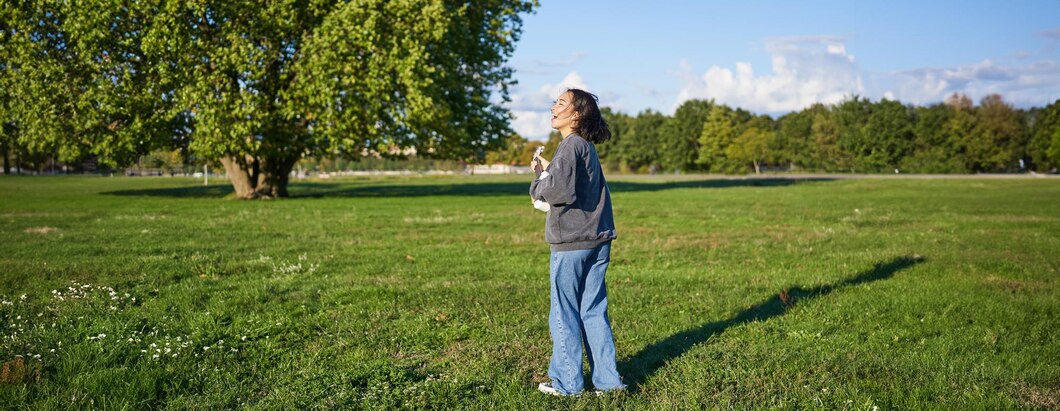Hey there! Wondering how often you should give your lawn some “breathing room”? Let’s talk about core aerification, a fancy term for a simple process that can keep your grass healthy and happy.
What is Core Aerification?
Core aerification might sound like a mouthful, but it’s pretty straightforward. It’s like giving your lawn a breath of fresh air by poking small holes in the soil to allow water, air, and nutrients to reach the grassroots. Core Aerification is a vital lawn care service that plays a significant role in maintaining a healthy and resilient landscape.
Benefits of Aeration
Aeration does wonders for your lawn! It helps improve soil drainage, reduces soil compaction, and promotes healthier grassroots. Plus, it enhances fertilizer uptake and encourages thicker, lusher turf growth.
When to Aerate Your Lawn
Timing is everything when it comes to aerating your lawn. The best time to aerate depends on your grass type and climate. For cool-season grasses like Kentucky bluegrass or tall fescue, spring or fall is ideal. Warm-season grasses like Bermuda or Zoysia benefit from aerating in late spring to early summer.
How Often Should You Aerate?
So, how often should you aerate your lawn? It depends on a few factors like soil type, foot traffic, and lawn care practices. In general, aim to aerate once a year for most lawns. However, if your soil is compacted or your lawn gets heavy foot traffic, you might need to aerate twice a year.
Signs Your Lawn Needs Aeration
Not sure if your lawn needs aerating? Look out for signs like water pooling on the surface after rain, thinning grass, or difficulty inserting a screwdriver into the soil. These could be indicators that your lawn is overdue for some aeration TLC.
DIY vs. Professional Aeration
You have options when it comes to aerating your lawn. You can DIY with a manual or mechanical aerator, or hire a pro to do the job. DIY aerating can be a budget-friendly option, but professional services might offer more thorough results, especially for larger lawns.
Aeration Tips for Success
For a successful aerating session, make sure your soil is moist but not soggy. Mark any sprinkler heads or underground utilities to avoid damaging them. And don’t forget to follow up with overseeding and fertilizing to maximize the benefits of aeration.
FAQs About Core Aerification
1. When is the best time to aerate my lawn?
The best time to aerate depends on your grass type and climate. Generally, spring or fall is ideal for cool-season grasses, while late spring to early summer is best for warm-season grasses.
2. How often should I aerate my lawn?
For most lawns, aerating once a year is sufficient. However, if your soil is compacted or your lawn gets heavy foot traffic, you may need to aerate twice a year.
3. Can I aerate my lawn myself?
Yes, you can DIY aerate your lawn using a manual or mechanical aerator. Just make sure to follow proper techniques and safety precautions.
4. How do I know if my lawn needs aerating?
Look out for signs like water pooling on the surface, thinning grass, or difficulty inserting a screwdriver into the soil. These could indicate that your lawn needs aerating.
5. What should I do after aerating my lawn?
After aerating, follow up with overseeding and fertilizing to maximize the benefits. Keep the soil moist and avoid heavy foot traffic until the grass has had a chance to recover.
Give your lawn the love it deserves with regular core aerification. With the right care and attention, you’ll have a lush, green lawn that’s the envy of the neighborhood!









